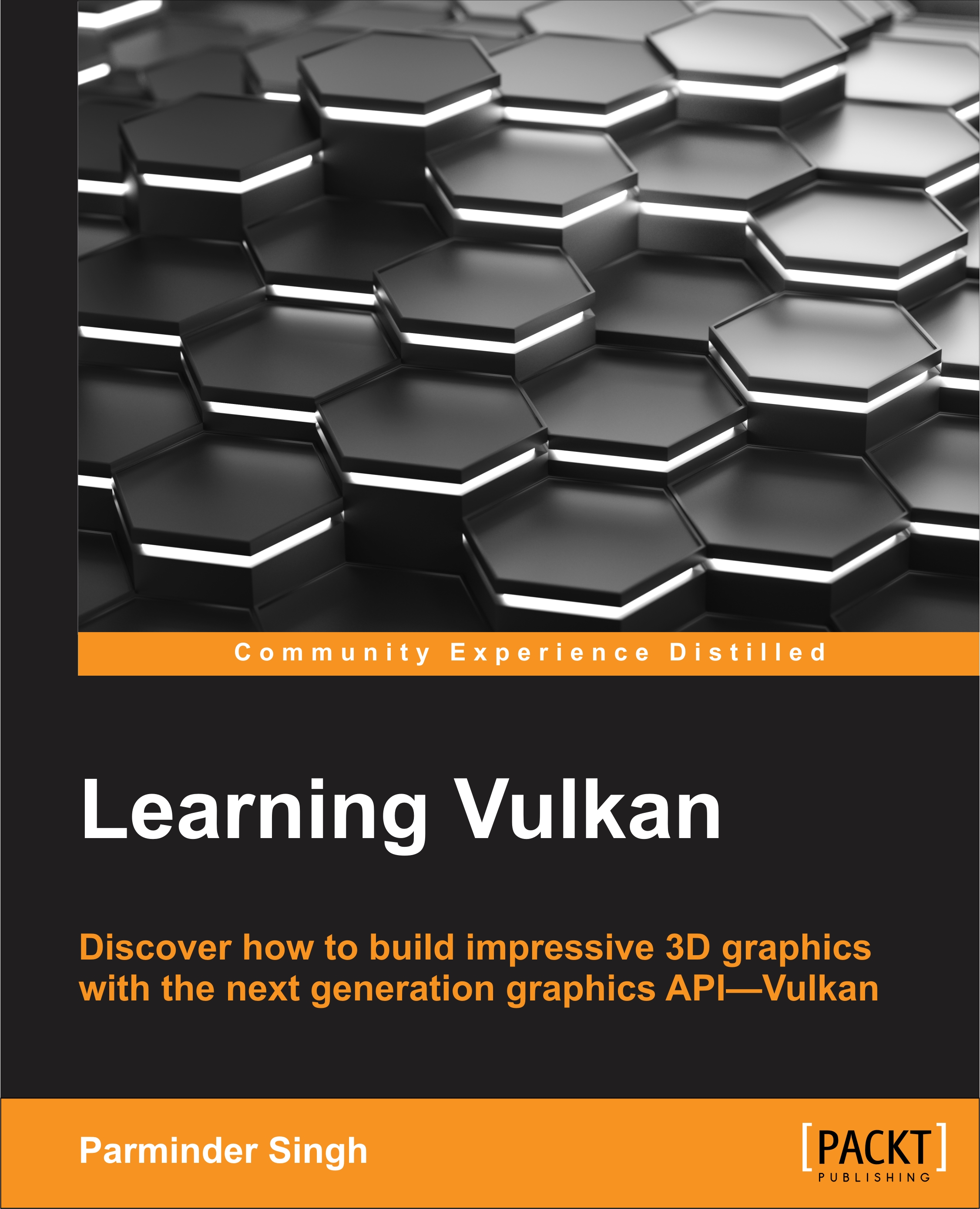Chapter 11. Drawing Textures
In the previous chapter, we learned how to update the resource contents and read them at the shader stage using descriptors. We also covered push constant, which is an optimized way of updating the constant data at the shader stage using command buffers. In addition, by making use of descriptors, we added 3D transformations to our rendering primitives and also demonstrated an example to learn push constants.
In this chapter, we will learn and implement textures; we will wrap them around the geometry surfaces to bring realism to the scene. Textures are created using the Vulkan image resource; its data can be stored in either a linear or optimal layout. We will implement these two layouts—the latter layout uses staging. In staging, two different memory regions are used for the physical allocation process. The ideal memory placement for a resource may not be visible to the host. In this case, the application must first populate the resource in a host-visible staging...























































